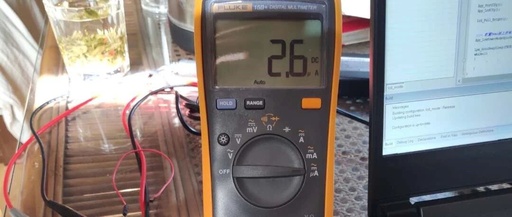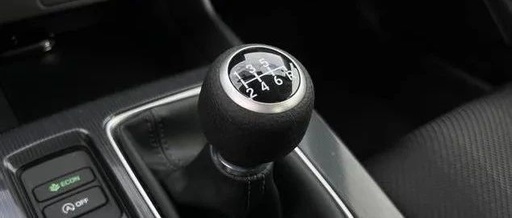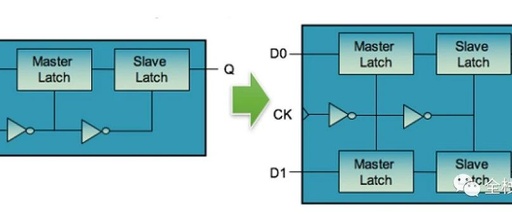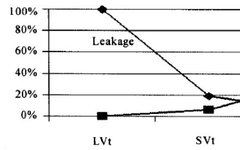Industry Information Dispatch: The Right Time for Edge AI, Imagination Bets on GPU’s ‘AI Evolution’
Introduction In the wave of artificial intelligence inference increasingly moving towards edge computing, Imagination has launched the new E-Series GPU IP, responding to the multiple demands of edge computing for low power consumption, high flexibility, and strong computing power with a revolutionary “AI + Graphics” deep integration architecture. Through architectural innovation, computing power expansion, power … Read more





